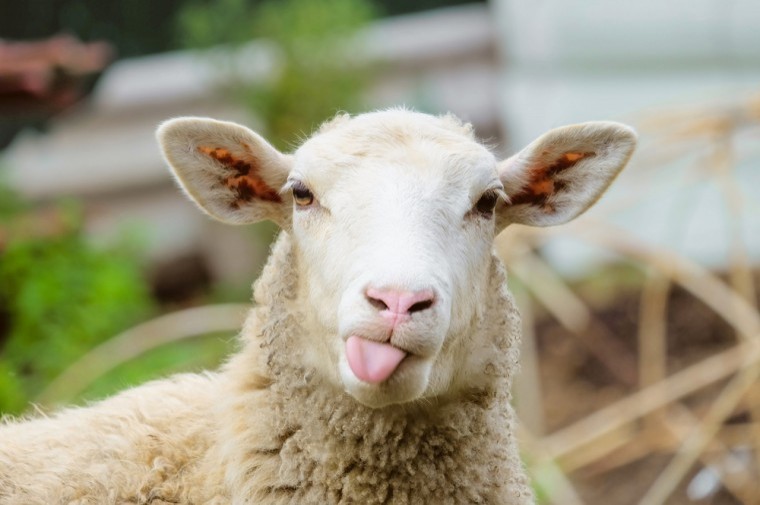Farms involved in the Zoetis Parasite Watch scheme have been challenged by different types of worms at the same time, which is important to know for treatment purposes.
Zoetis account manager Ifor Jones urges farmers to find out whether the challenge is just from Nematodirus or other stomach worms before treating.
“If you’ve got a mixed infestation then you need to be confident the drug you are using will treat against both Nematodirus and stomach worms”.
“The most dangerous situation is when a wormer is only 60-90% effective as you won’t see any visual resistance issues in your lambs, but you won’t be maximising their growth potential. You will also be allowing resistance to build up on your farm”.
“You need to find out what drugs are working on your farm and what are not in order to protect the farm for future generations,” he says.
Vet Dave Armstrong from Zoetis says this spring has seen a mixed challenge by worms, with a high challenge being reported on some farms and low on others.
Nematodirus seems to have been less of an issue on farms in the South, which could be due to a number of reasons. “It could be that farms lambed earlier down south so missed the peak of the challenge, or whether a micro climate element is playing a part. The mixed burden of worms has shocked a few people and altered treatment strategies.” he says.
{in-brief}
Tom Carlisle, Coxons Farm, Skipton, is involved in the Zoetis Parasite Watch Scheme and found he had a challenge with both nematodirus and stomach worms.
Results showed a Nematodirus count of 1,610 eggs per gram (epg) and a faecal worm egg count of 420 epg from samples taken on 8th May.
When analysing results, 250 epg is a suggested cut off for most worms, above this is high enough to be causing production losses.
“The challenge was a lot earlier than we would have expected. It has opened my eyes to the fact it can strike earlier than you think.”
Normally Mr Carlisle would dose lambs in the middle of May, but the high egg counts meant that he dosed earlier.
He has since treated lambs with a white wormer to tackle both the stomach worms and Nematodirus and is waiting on a post treatment check to confirm worms have been removed.
“We have followed our vet’s advice on what to treat with. Later in the season, when Nematodirius is less of a challenge, we will probably treat with a different type of wormer if results show it is needed,” he says.
Mr Carlisle says by taking faecal egg counts he is not spending money unnecessarily on treatments that are not required.
“Having the information is allowing us to make the best possible decisions and aid growth, welfare and the nutrition of the lambs.”
In the South West, Neilsen Gillard, Creeds Farm, Bridgwater, Somerset, had a worm egg challenge in his lambs at the end of April with a reading of 1085 epg (24th April). This is despite lambs being treated with a white wormer prior to the sample being taken.
Mr Neilson says: “This could indicate we have a resistance problem, or it could be that I accidently took a ewe faecal sample instead of from lambs. We will be doing some resistance testing as the lambs get older,” he says.
Ewes were also treated with a white wormer back in January and although it did reduce the worms, Mr Neilson says it didn’t fully get rid of them.
“There was only half a reduction, which indicates there could be some resistance.”
However, despite having a bit of challenge in April the most recent test results from May show a low count.
In fact, lambs are doing so well that he pulled out his first finished lambs from a batch of singles at 12 weeks old. “They came in at 26kg deadweight just off grass alone.”
Mr Neilson also had a challenge with Nematodirus in his lambs early on and also had an early dose of coccidiosis at the beginning of March.




